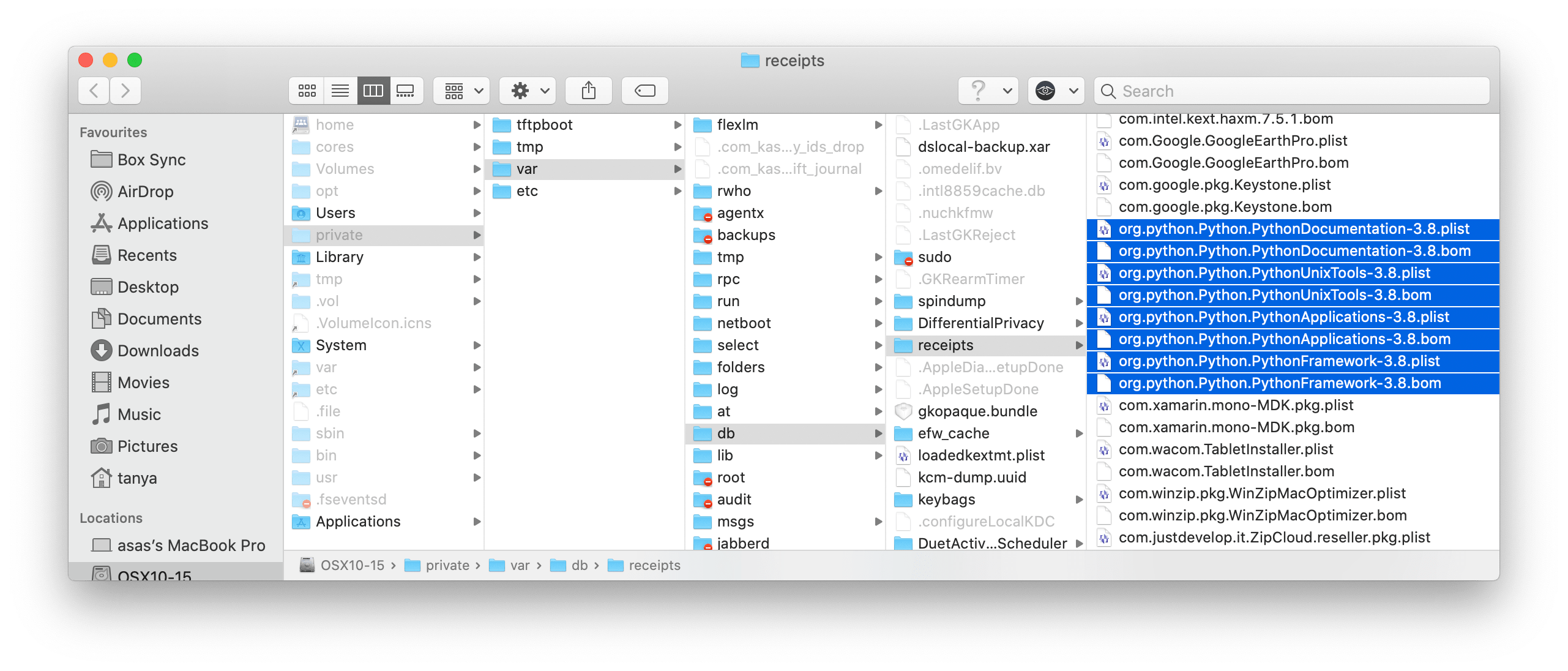
Some apps may ask for a password, but that is because you installed them to your admin folder. You can then Control-click or right-click the Trash icon and choose “Empty Trash” to completely remove the app from your system. You can just drag and drop the app’s icon to the Trash icon on your dock, either from the Application sidebar or Launchpad. To uninstall, you either control-click or right-click the app’s icon, and then select “Move to Trash”. You do this by opening the Application sidebar in a Finder window. app container (which is actually a folder). Thus, you can uninstall them just by deleting their. They do not mess with the rest of your system. The general recommendation is: using the official app’s uninstaller usually bundled with the app itself to remove it completely from your Mac. The ones that are, such as Disk Drill, will only show you where to find every file a program installs on your system. Sure, there are a few uninstaller apps out there, but none of them are worth their price. Other than that, you can use some uninstall program Mac console commands to completely remove the apps. You can search for the left-over files and delete them manually. To ensure that you removed all the files, you need a more advanced uninstall method. Plus, some applications have their own specific uninstall process that you must follow or they will break your system. While harmless, those left-over files can build up over time, leaving you with even less space than before.

The above formula leaves junk files behind. However, this will not work for all applications. You can uninstall most applications just by moving their folders to the Trash. On the surface, this seems like an easy task.
UNINSTALL SOFTWARE ON MAC COMMAND LINE HOW TO
You need to know how to uninstall programs on Mac computers to free storage space.


 0 kommentar(er)
0 kommentar(er)
